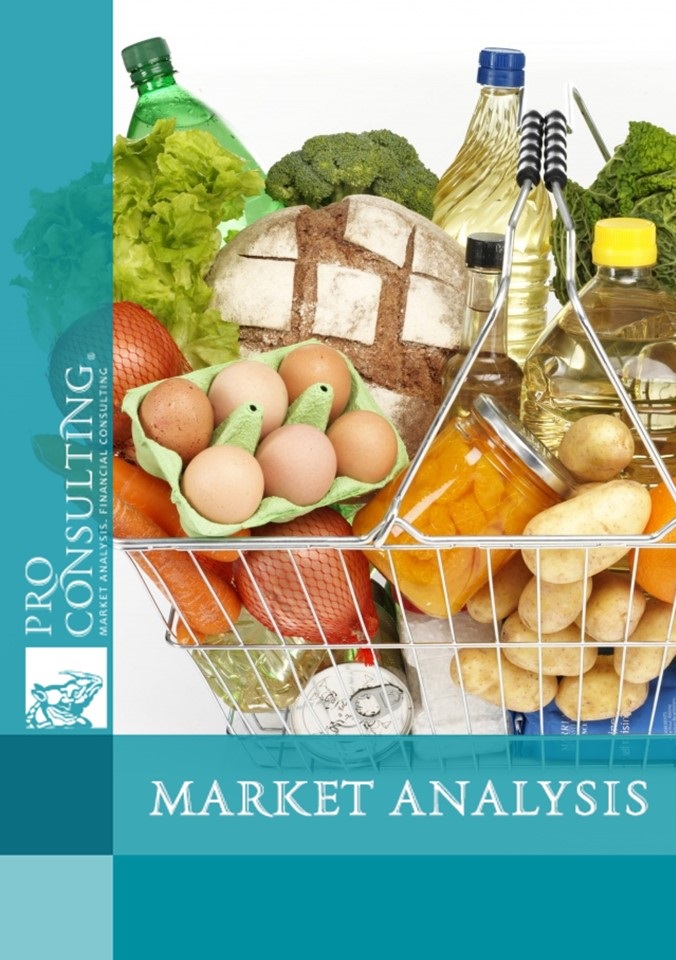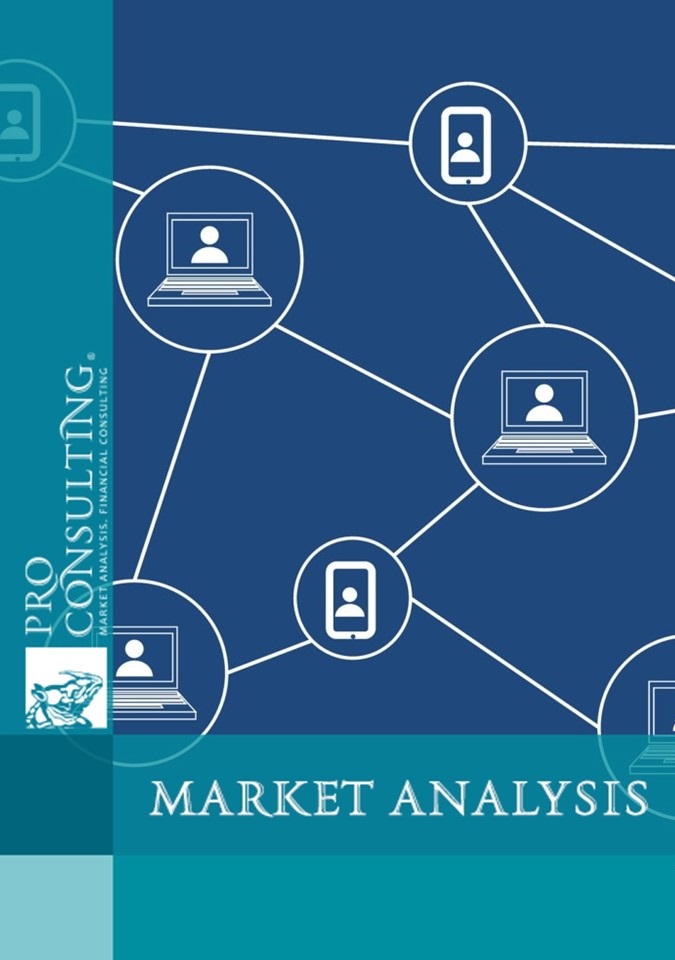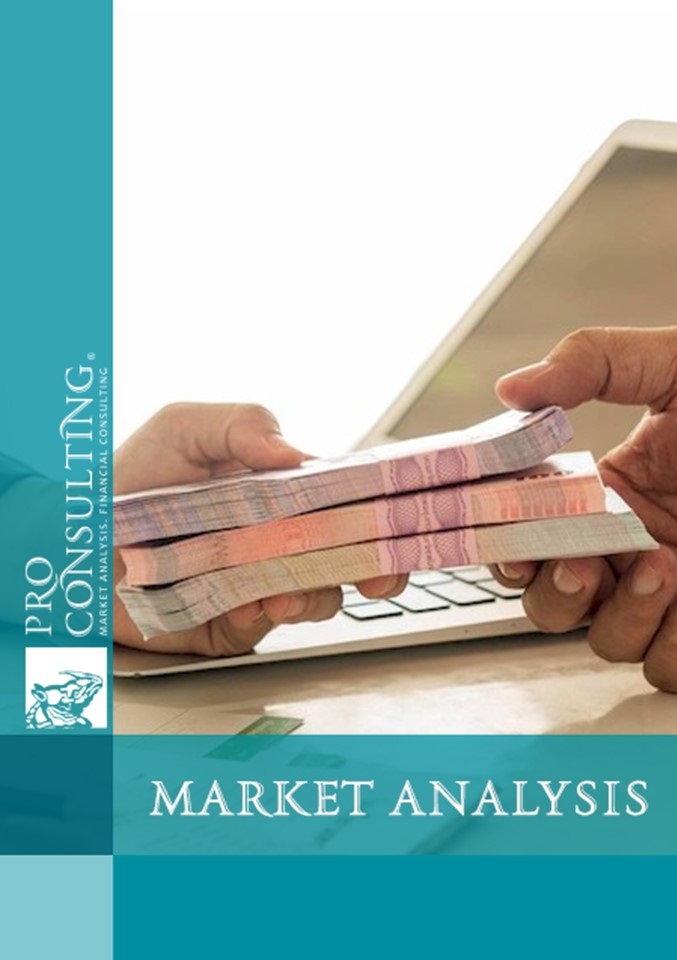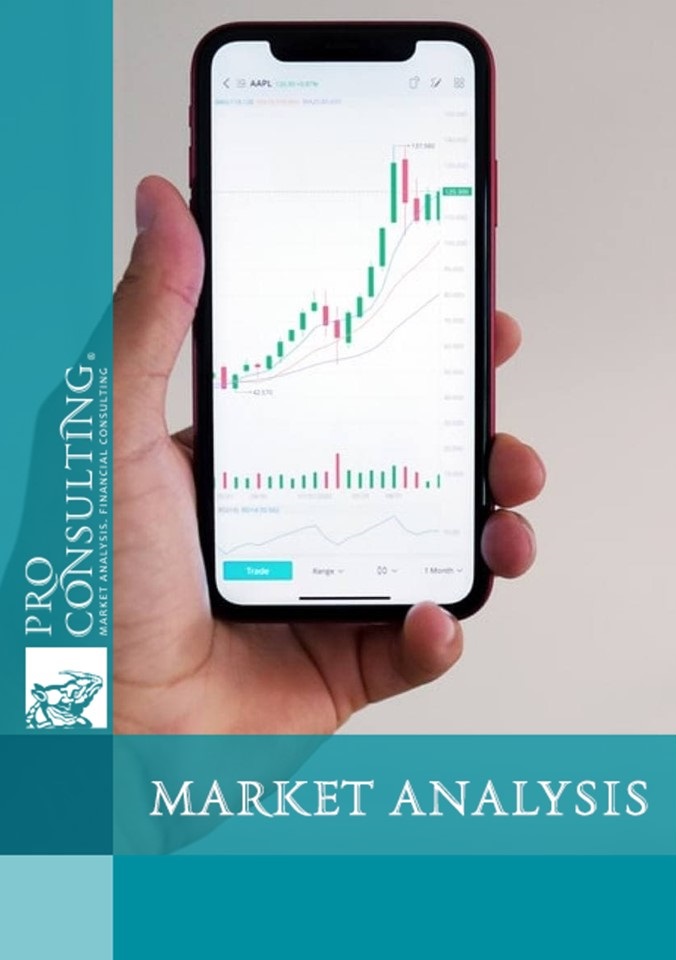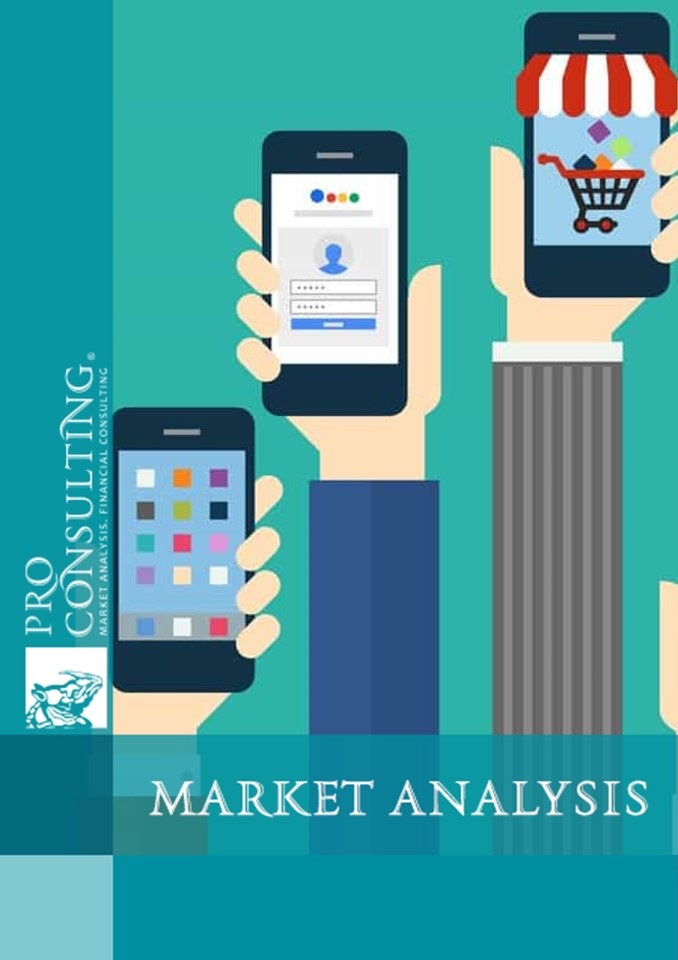Market research report on global trade finance services. 2022
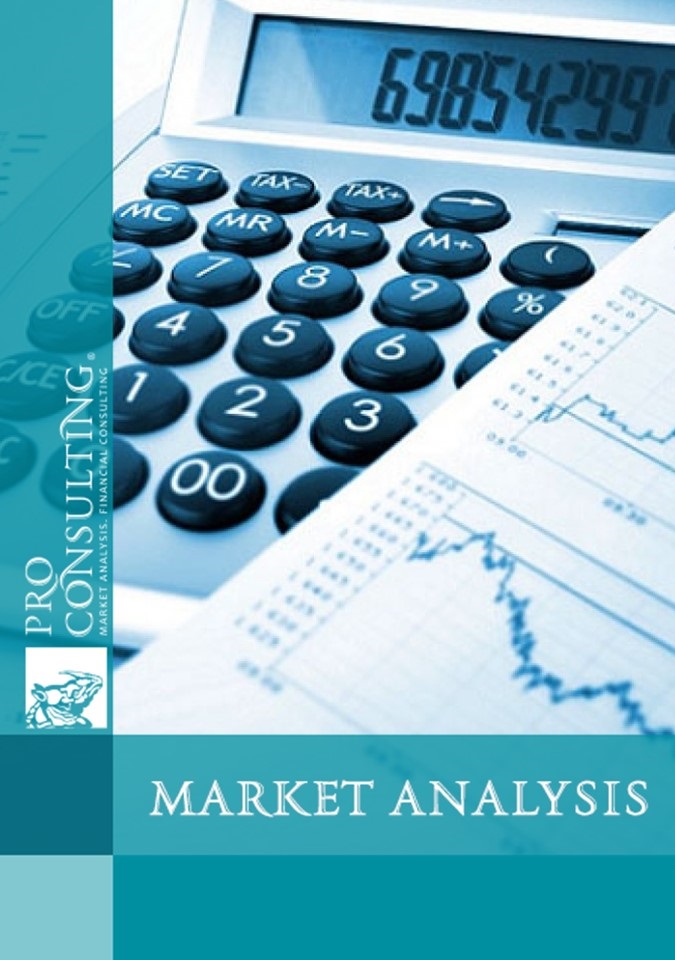
| Date of Preparation: | October 2022 year |
| Number of pages: | 66, Arial, 1 interval, 10 skittles |
| Graphs and charts: | 26 |
| Tables: | 14 |
| Payment method: | prepayment |
| Production method: | e-mail or courier electronically or in printed form |
| Report language: | ukrainian, russian, english |
- This report can be updated and customized based on your business goals; you can also purchase part of report (no less than 50%) at a more affordable price
- Failed to find your market research report? - contact us
- You can also order feasibility study and business plan for your business idea




Detailed contents:
1 How the Trade Finance Market Looks Today (World Market)
1.1 Types of Trade Finance that are potential competitors.
1.2 What are the restrictions on obtaining loans for SMEs
1.3 Trade Finance Market Size in 2017-2021
1.4 Forecast of Trade Finance Market Capacity in the World Until 2030
1.5. Market structure
1.6 Market Development Trends
1.7 Technological factors affecting the market (Fintech, Tadetech)
1.8 Conclusions About the prerequisites for market development
1.9 Conclusions on the comparison of SME Pains and Fin Tech Solution Options
2. Current State of the Fintech Market in the World
2.1. Analysis of Trends and Prerequisites for the Development of the Fintech Market in 2017-2021 (Technologies, their perception, development of related industries)
2.2. Market capitalization and its growth rate in 2017-2021
2.3. Structure of Fintech Industry Segments, Breakdown into Subsegments
2.4. Financing of Raw Materials and Consumer Goods
3. Analysis of companies on the market and their work models (description of the working principles of "classical" banks and factoring companies in general without deep detail + "non-classical" Trade Finance models, except for "Logistics + Trade Finance")
3.1. List I Basic characteristics of companies (including financial indicators), analysis of the success of companies entering the market
3.2. Comparison of the Classical Model of Financing and the Non-classical one
3.3. Analysis of Unsuccessful Cases (Causes of Failure)
3.4. Conclusions From Point 3. Analysis of the Availability of "Place" for Companies With a Non-Classical Trade Finance Model
3.5. How Does the Fintech Market Work in Trade Finance?
4. Analysis of the Experience of Companies that entered the market with the "Supply Chain Finance" product
4.1. Define the Essence of Supply Chain Finance
4.2. Description of the Companies' Work Models
4.3. Regions And Products They Worked With
4.4. Which consumer segment were targeted
4.5. Strengths of Such Companies (What was good about their Models)
4.6. Weak Sides of Companies
4.7. Current status and work results (how successful/failed they were, why)
4.8. Conclusions About the experience of such companies. Analysis of the reasons for the low development of this direction in the world
5. Analysis of the indicators that will determine the development of Scf and conditions for entering the market in the studied countries
5.1. Characteristics of the Regions From the point of view of the work of Scf Companies
6. Investment attractiveness
6.1. Swot-Analysis
6.2. Pestle-Analysis of factors affecting the market and risk assessment. Building a Table of Pestle Factors and their impact for each recommended region
7. Conclusions
7.1. Conclusions About the Prospects of Entering the Market
List of Tables:
1. Aggregate indicators of the turnover of all FCI members compared to the world turnover of factoring, million euros
2. Comparison of traditional Trade Finance tools in terms of advantages and disadvantages for the borrower (buyer), as well as risk management
3. Ranking of countries according to the rule of law index
4. The volume of the Trade Finance market in 2019-2021, trillion. dollars USA
5. Forecast of Trade Finance market capacity until 2030, trillion. dollars USA
6. FinTech market share in regions (excluding China) 2018–2020, billion dollars. USA, %
7. FinTech market share by category in 2020, billion dollars USA, %
8. Market share of alternative financing Invoice Trading by region (excluding China) in 2019-2020, million dollars. USA, %
9. Comparison of Orbian with competitive SCF options
10. Financial indicators of the company for 2019
11. Characteristics of the regions from the point of view of the work of SCF companies
12. Recommendations regarding the possibility of entering the market in the studied countries
13. SWOT analysis
14. PESTLE analysis of factors affecting the world market
List of graphs and charts:
1. Characteristics of FinTech and Trade Finance, which are characteristic of Supply Chain Finance
2. Barriers to meeting global trade financing needs (% of responses)
3. Share of major regions in the Trade Finance issuance market
4. Shares of the main groups of operators in the Trade Finance market in 2021, billion dollars.
5. Volume of world trade in goods, 1 sq. 2015 - 4 quarters 2022
6. Awareness and use of digital financial products by companies, % of respondents
7. Internet penetration by region
8. International investments in FinTech companies, billion dollars. USA, %
9. FinTech projects by areas, by number of organizations, %
10. Shares of the Trade Finance market of raw materials in the region
11. Diagram 3.1.1
12. Citi Supplier Finance model
13. Distributor Finance model
14. Supplier Financing model
15. Non-classical model of Trade Finance
16. FinTech lending model
17. SCF model
18. Export supplier credit insurance model
19. Model of foreign investment insurance
20. PrimeRevenue work model
21. Demica work model
22. Orbian work model
23. Location of the company's offices
24. SCF model Vayana Network
25. Corcentric work model
26. Main regions of high demand for SCF

